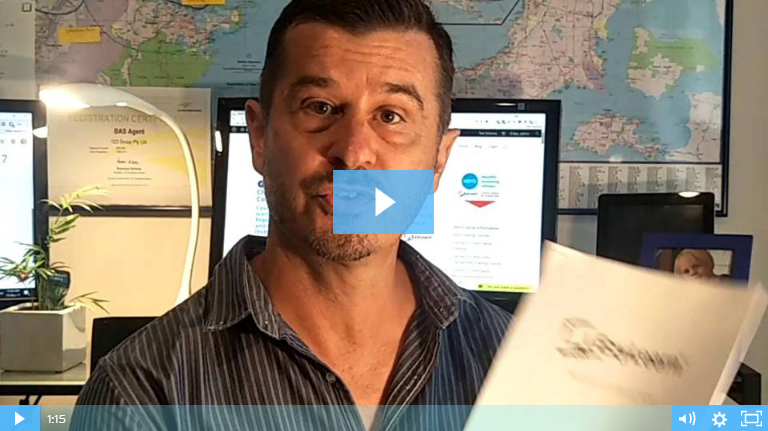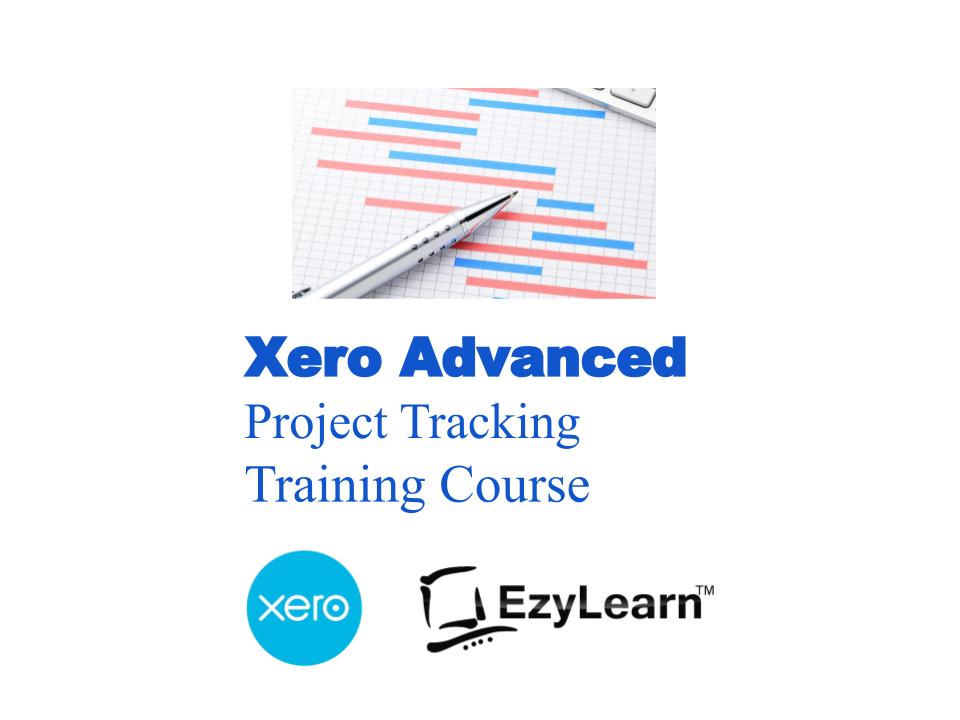
Breaking News & Updates
Xero’s financial report reveals BIG loss but share price pop. - eepurl.com/isNmKQ
These are terms that I definitely have not grown up with but they describe what goes on in most modern workplaces, particularly when you are collaborating as part of a team.
These terms are usually associated with projects that are created in an agile development system and at EzyLearn they relate to our regular training course updates and additions as well as our digital marketing campaigns. Here’s some of the modern day terminology and how it relates to our training course development.
Story
A story, or user story, is a brief, non-technical statement of a need that is written from the end-user’s or customers point of view. A story in the case of our Xero Training Courses are our case studies that follow the common bookkeeping tasks that are performed in most businesses.
In these bookkeeping (office admin and digital marketing) case studies the “Product owner” breaks the stories down into tasks to be completed during a sprint. When the iteration or sprint is completed, we have a functional deliverable that corresponds to the initial requirement specified in the story – in other words we have a micro course that is ready for students to experience.
Task
A task is a single unit of work that is just one of many parts of the user story or case study and is usually completed by one person. It is a small increment of work to be completed by a team member during a sprint and is often included with other tasks as part of a Task Board.
This could involve updating a workbook, create a training video, or modifying the assessment questions in the tests.
Backlog
A backlog is a list of product requirements based on the customer’s specifications and may change during the development process as the team learns more about what the Product Owner or Customer wants.
An Agile team pulls work from the backlog to complete during each iteration and uses the backlog to understand which features to implement first.
Task Board
An task board is a physical or online visual representation of stories that also shows the individual tasks.

A physical task board can be a whiteboard with three columns labeled To Do, Doing, and Done that identify their current status. A task board can be expanded to show more columns and can include horizontal swim lanes but I won’t go any further on that in this post!
The task board is a visual communication tool for Scrum teams and needs to be up to date at all times. The task board is the focal point for Daily Scrums and should be easy for all team members to access at all times of the day, including meetings.
As teams progress through a sprint or iteration, the status of each task needs to be updated so the Product Owner can understand how the project is going. Other status options include priority, status, assignees, etc.
Product Owner
In Agile development teams a Product Owner represents the criteria of the customer and conveys those need and the vision to the team. The product owner defines the project criteria, task priorities and support for quality assurance within the timeframes allocated. Product owners must have good communication skills and are like an interpreter between the end user/customer and the technical design team to ensure that the team stays on track to deliver the required outcomes for the product or service.
In a Scrum environment the product owner assembles and prioritizes the stories to be completed during a sprint. After the criteria goals and targets are set the team are left to their own devices to complete their tasks within a Sprint. Once the sprint is complete the product owner accepts or rejects the final product based on the criteria decided on during the spring planning meeting. It is at this stage that the product owner meets with team members to offer feedback and discuss avenues for improvement.
The product owner has the flexibility to change and reprioritize work in the backlog at any time.
Huddles
The huddle is a short meeting that teams or companies hold regularly to sync their work and make sure everyone is on the same page. These gatherings are usually short, say 15-20 minutes, and often take place over a call or even a video chat these days – they tend to focus on small team goals.
Many companies and organizations use huddles to share information and motivate employees.
The team discusses the tasks before them for the day and any news about the company, including sales promotions, changes in policies, new team members and changes in products/services.
We use it to keep the team informed of things like new course combinations or current marketing promotions and discounts.
Iterations
An iteration is a fixed or timeboxed period of time usually between two to four weeks during which a team develops a product based on the defined criteria.
Most projects consist of a series of iterations which start and end with specification and review meetings where the specification meeting defines what should be completed by the end of the iteration. Iterations are referred to as sprints in Scrum.
Our Advanced Xero Certificate course was developed over several iterations starting with key education topics and transaction types were added or modified based on the desired outcomes of the course.
Sprints
A sprint is a fixed-length iteration (usually 2-4 weeks) during which one story or product backlog item (PBI) is transformed into a minimum viable product. Each sprint starts with a planning meeting between the product owner and Scrum team to decide what amount of work can be realistically accomplished while still meeting the Product Owner’s specifications. The Scrum Master determines the sprint length.
At the end of the sprint, the team demonstrates the resulting product or piece of software to the product owner. He or she provides feedback to the team and either accepts or rejects the product, based on the acceptance criteria established in the sprint planning meeting. Once all the sprints for a project are completed, the final product or service should be ready to release.
Scrum
Scrum is the most widely used framework in Agile development. Scrum is an iteration model that follows a set of predefined roles, responsibilities, and meetings.
In Scrum, iterations are called sprints and are assigned a fixed length, and there are three main roles for each Scrum project: the
- Product Owner,
- Scrum Master, and
- Scrum Team.
A Scrum project is characterized by product backlog, sprint planning, backlog refinement, Scrum meetings, sprint review meeting, and sprint completion meeting.
Cadence
A Cadence is a flow or rhythm of events or tasks in a project. It establishes a pattern that the team can follow to understand what they are doing and when it will be completed.
Swarming
Swarming is when team members with specialised skills work together to complete a task that another team member is having trouble completing by themselves.
Swarming is used to quickly bring a task or work item to completion before moving on to the next in order to keep the project on track. If you explore our Advanced Xero Course in Projects or MYOB Jobs you’ll see a basic version of Swarming that is applied in a very practical sense with a team of tradies that work together on a small building project.
Velocity
Velocity is a metric that specifies how much work a team is able to complete within a single, fixed-length iteration or sprint.
Development teams use velocity as a means to forecast the work effort needed to complete future sprints, as long as the composition of the team and sprint duration remain the same.
Velocity is used to estimate the time it will take to complete the product backlog. Divide your velocity by the total number of user stories or the sum of story points and you get the number of iterations needed to complete the backlog – sounds simple right!?
Now, use those words in your ordinary lives to practice
If you decided you’d start to use these words in your normal life you’ll probably get some weird glances. They are not words that you’d normally use but if you need to remember them and understand what they mean then using them for your home tasks is a great way to do it.
-- Did you like what you read? Want to receive these posts via email when they are published? Subscribe below.















[…] Deep Dives, Huddles, Sprints & MYOB & Xero Training Course Resources ezylearn.com.au/2023/01/deep-… […]